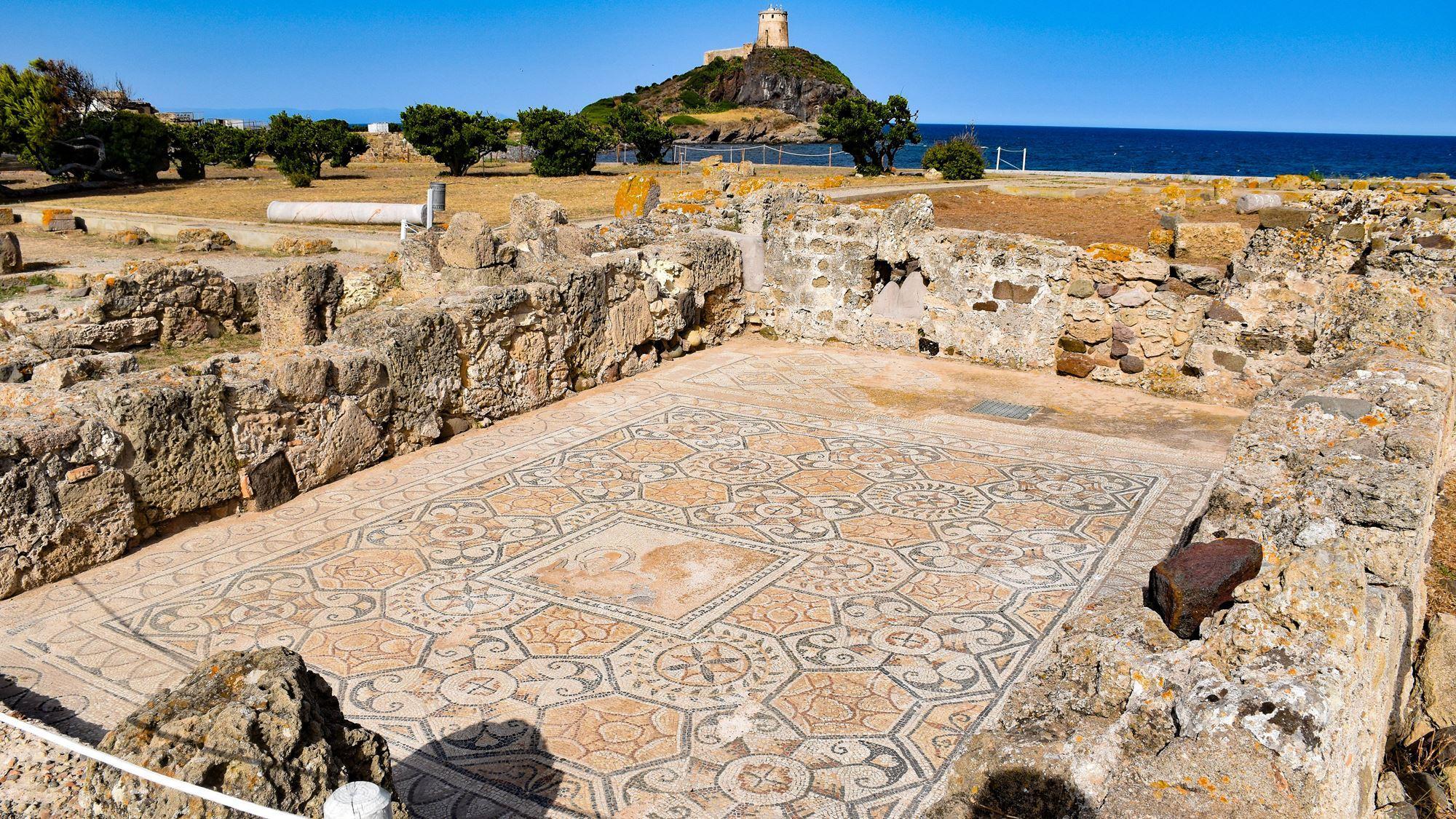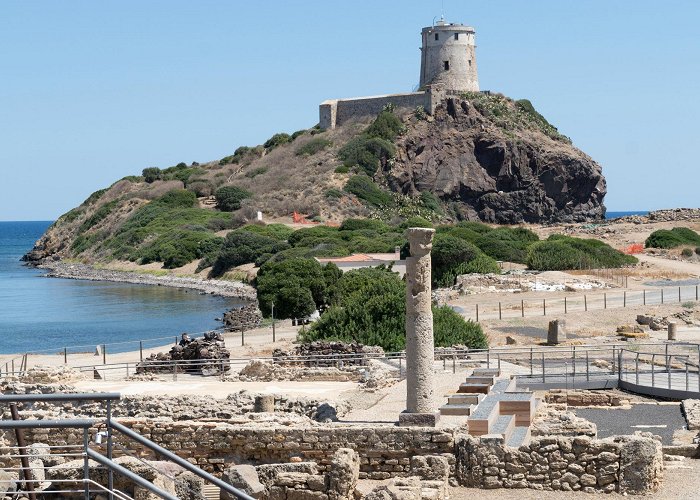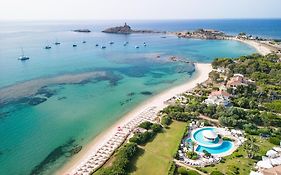
Embed Image
The Nora Archaeological Site is a remarkable historical destination located in Pula, Italy. This ancient Roman and pre-Roman site is renowned for its rich historical background, commemorating the Phoenician settlement that dates back to the 8th century BC. Visitors to Nora can explore its well-preserved remains, including a Roman theater, thermal baths, mosaics, and a stunning seaside location that boasts breathtaking views of the Mediterranean Sea. The site holds significant historical value, with ongoing excavations uncovering new insights into the area's cultural and architectural heritage, making it a must-visit for history enthusiasts and cultural explorers.
Nora's architectural style and engineering feats reflect the remarkable craftsmanship and ingenuity of its ancient inhabitants. The site's cultural symbolism and local stories, legends, and myths add to its allure, providing visitors with a deeper understanding of the area's historical and cultural significance. Accessibility and visitor information are readily available, with guided tours and informative displays offering engaging experiences for all ages. The site's preservation efforts and restoration projects contribute to the continued conservation of its tangible and intangible heritage, ensuring that future generations can appreciate its historical significance. Additionally, the archaeology site offers opportunities for visitors to engage with history through interactive tours and educational programs, enhancing the overall visitor experience.
Nora boasts a unique landscape with a combination of historical highlights and natural beauty, allowing visitors to immerse themselves in the region's geological processes and unique flora and fauna. The site's accessibility and safety considerations ensure a memorable and enjoyable visit, while the best times to explore Nora for optimal experiences should be considered to make the most of this remarkable historical destination.











